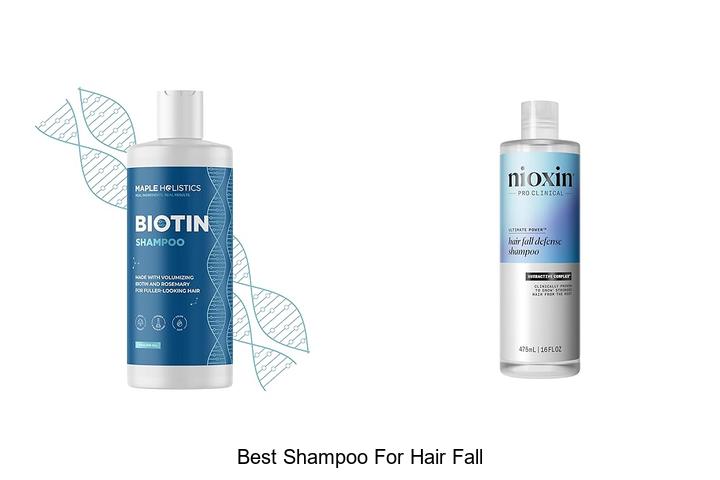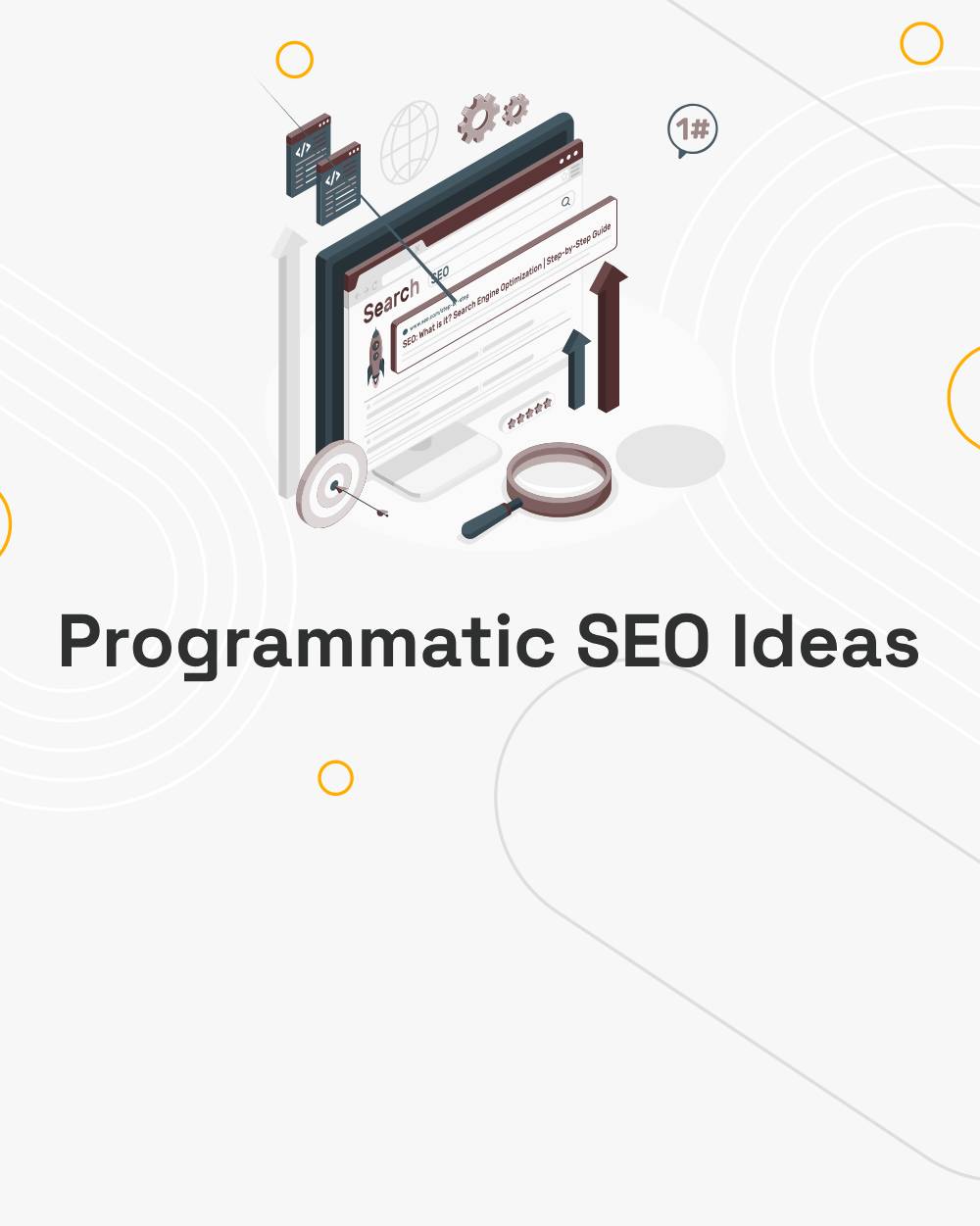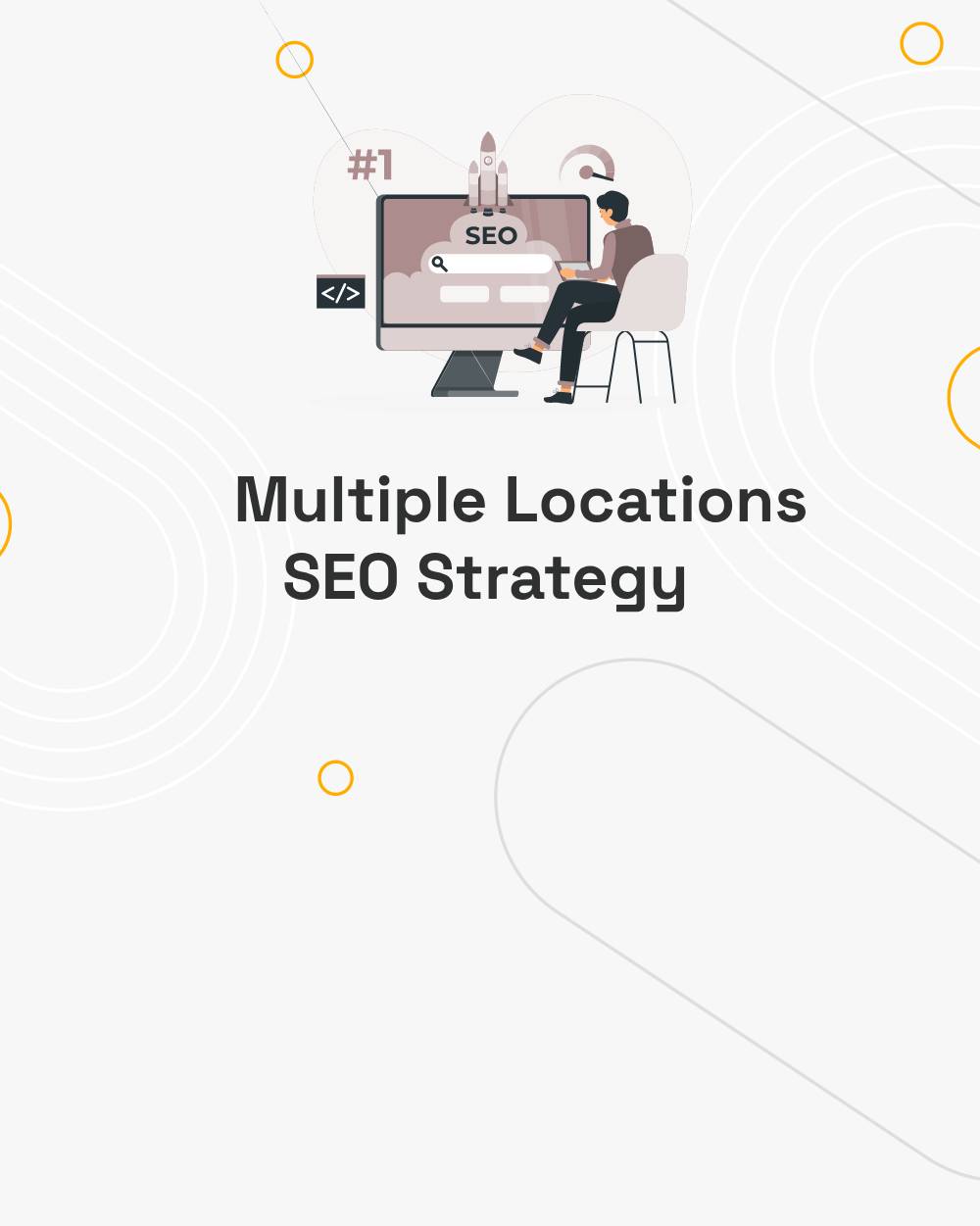In the ever-evolving world of search engine optimization (SEO), businesses constantly seek innovative strategies to gain an edge in Google rankings. One such method gaining traction is Programmatic SEO (pSEO). This approach involves the creation of numerous landing pages aimed at improving visibility on search engine results pages (SERPs). By leveraging templates and automation, programmatic SEO generates multiple variations of pages, each tailored to target a specific low-competition keyword.
Programmatic SEO, also known simply as pSEO, is not a replacement for traditional SEO but rather a complementary strategy. It addresses niche queries at scale, offering businesses an efficient way to broaden their reach. The key question, however, remains: does pSEO genuinely enhance Google rankings? This article explores the intricacies of programmatic SEO, how it works, its benefits, potential pitfalls, and actionable steps to implement it effectively.
How Programmatic SEO Works
At its core, programmatic SEO uses a single template to produce numerous pages, all with similar foundational elements. These elements might include images, pricing information, reviews, or other consistent features. Unlike traditional SEO, which emphasizes crafting unique, in-depth, and high-quality content over time, programmatic SEO relies on automation to scale efforts rapidly.
For example, companies like Expedia utilize programmatic SEO to create thousands of location-specific pages for hotels, flights, and attractions. Each page is generated using a template but tailored with unique data relevant to the target location. This allows Expedia to cover a vast array of search terms without manually creating individual pages.
Programmatic SEO hinges on three main components:
- Templates: These serve as the blueprint for generating pages. Each template includes placeholders for dynamic content, such as location names or product details.
- Databases: These house the dynamic data used to populate the templates, ensuring each page is unique.
- Automation Tools: These connect the template with the database, automatically generating the pages at scale.
The Three Pillars of Programmatic SEO
For a programmatic SEO strategy to succeed, it must rest on three critical pillars: low-competition keywords, search intent, and user experience (UX).
Low-Competition Keywords
Low-competition keywords are the foundation of any effective pSEO campaign. These are search terms with low keyword difficulty (KD) scores, making them easier to rank for on Google.
- Why Target Low-Competition Keywords? These keywords offer a higher probability of ranking on the first page of search results, particularly for new or smaller websites without high domain authority.
- Identifying Low-Competition Keywords: Tools like Semrush, Ahrefs, and Google’s Keyword Planner can help identify keywords with low KD scores. A KD score of 0-14 is considered “very easy,” while 15-29 is “easy.” Focusing on these ranges ensures that your pages have a better chance of ranking quickly.
Search Intent
Search intent refers to the user’s primary goal when entering a query into a search engine. Understanding and aligning with search intent is crucial for programmatic SEO success.
- Types of Search Intent:
- Navigational: Finding a specific website or brand.
- Informational: Seeking knowledge or answers to questions.
- Commercial: Researching products or services before making a decision.
- Transactional: Ready to complete a purchase or action.
- Focus of pSEO: Programmatic SEO typically targets commercial and transactional intent keywords. These users are closer to converting, making them valuable for driving business results.
User Experience (UX)
A positive user experience is essential to retain visitors and convert them into customers. Automated page creation must strike a balance between scale and quality.
- Key UX Factors for pSEO:
- Fast-Loading Pages: Ensure pages load quickly to reduce bounce rates.
- Unique Content: Avoid duplicate or thin content that could trigger penalties from Google.
- Human Oversight: Incorporate manual editing to maintain quality and relevance.
- Clear Calls to Action (CTAs): Guide users toward desired actions, such as making a purchase or filling out a form.
How Programmatic SEO Improves Google Rankings
Increased Visibility
By targeting a broad range of low-competition keywords, programmatic SEO increases the likelihood of appearing in search results. Each page acts as a net, capturing niche search queries that might otherwise be overlooked.
Scalability
Traditional SEO often requires significant time and resources to create individual pages. In contrast, pSEO scales effortlessly, allowing businesses to generate hundreds or thousands of pages in a fraction of the time.
Backlinks
Greater visibility and increased search traffic can naturally attract backlinks. High-quality backlinks are a key ranking factor, further enhancing a site’s authority and performance on Google.
Targeted Traffic
By focusing on commercial and transactional intent keywords, programmatic SEO attracts audiences who are already inclined to take action, whether it’s making a purchase, signing up for a service, or completing another goal.
User Engagement
Programmatic SEO ensures that search intent is addressed early on the page. This alignment increases the chances of retaining users and reducing bounce rates, both of which are positive signals for Google’s algorithm.
Potential Pitfalls of Programmatic SEO
Quality Concerns
Automating content creation at scale can lead to issues with low-quality or duplicate content. This not only diminishes user trust but also risks violating Google’s Spam Policies, potentially resulting in penalties.
Time and Effort
While the initial setup of a programmatic SEO strategy can save time in the long run, it requires substantial effort upfront. Tasks such as keyword research, template creation, and database setup demand careful planning.
Technical Expertise
Creating and maintaining pSEO templates often requires coding skills or familiarity with tools that facilitate automation. Businesses without in-house technical expertise may need to hire specialists, adding to costs.
Upfront Costs
Though no-code tools simplify the process, they often come with significant initial expenses. Additionally, ongoing subscription costs for keyword research and automation tools can add up.
Implementing a Programmatic SEO Strategy
Research
Begin by thoroughly researching your niche and competitors. Identify gaps in content that can be addressed through programmatic SEO.
Keywords
Perform keyword research to identify head terms and modifiers. Combine these to generate long-tail keywords that target specific queries.
Search Intent
Ensure that chosen keywords align with the intended search intent. This alignment increases the likelihood of user satisfaction and conversions.
Landing Page Template
Design a versatile landing page template. The template should include placeholders for dynamic content and be optimized for SEO and UX.
Content Creation
While automation is a key component of pSEO, every page must still offer unique, valuable content. AI writing tools can assist, but human oversight is crucial to maintain quality.
Database
Organize data in spreadsheets or databases to streamline page creation. For instance, a database could contain details about locations, products, or services.
Synchronization
Use tools like Airtable, Sheet2Site, or custom scripts to synchronize your database with the landing page template. This ensures that each generated page is accurate and up-to-date.
User Experience
Prioritize the following UX elements:
- Attractive Design: Ensure pages are visually appealing and easy to navigate.
- Intent-Aligned Content: Deliver content that matches what users are searching for.
- Originality: Avoid duplicate content by incorporating unique details into each page.
- Clear CTAs: Include prominent and actionable CTAs.
- Regular Monitoring: Continuously track page performance and make necessary updates.
Conclusion
Programmatic SEO offers a scalable and efficient way to improve Google rankings when executed correctly. By focusing on low-competition keywords, aligning with search intent, and delivering a strong user experience, businesses can achieve significant gains in visibility and traffic. However, pSEO is not a silver bullet. It requires careful planning, ongoing maintenance, and a commitment to quality.
When combined with traditional SEO strategies, programmatic SEO can unlock new opportunities and drive substantial growth. Start your journey by conducting thorough keyword research and designing well-optimized templates to harness the full potential of this innovative approach.




